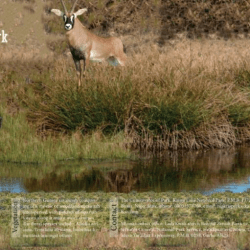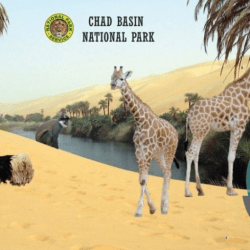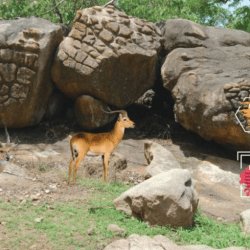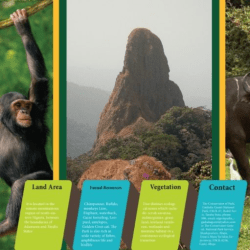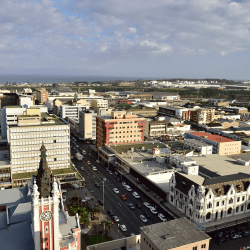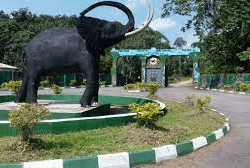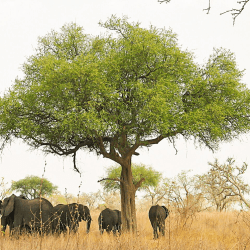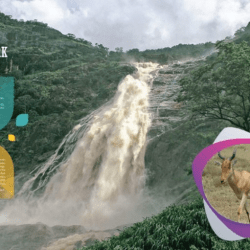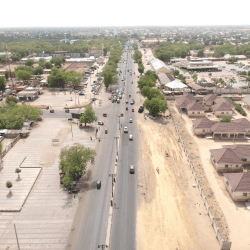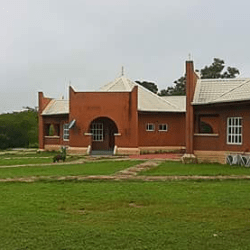Nigeria earlier had five national parks. That was in 1991.
These were:
Gashaka
Gumti,
Kainji Lake,
Cross River,
Old Oyo
and Chad Basin National Parks.
In 1992, Yankari Game Reserve was converted to a national park, bringing the total to six national parks.

With the promulgation of Decree 46 of 1999, now Act 46 (Cap 65 LFN 2004), in 1999 two additional national parks; Kamuku and Okomu were established.
However, Yankari was delisted as a national park following a request by the Bauchi State Government in June 2006, reducing the number of national parks to seven.
NATIONAL PARKS WITH LOCATIONS AND SIZES
| NAME | STATE(S) | HEAD OFFICE | SIZE |
|---|---|---|---|
| Chad Basin | Borno/Yobe | Maiduguri | 2,258 sq.km |
| Cross River | Cross River | Akamkpa | 4,000 sq.km |
| Gashaka-Gumti | Adamawa/Taraba | Serti | 6,731 sq.km |
| Kamuku | Kaduna | Birnin Gwari | 1,121 sq.km |
| Kainji Lake | Kwara/Niger | New Bussa | 5,382 sq.km |
| Okomu | Edo | Arakhuan-Udo | 202.24 sq.km |
| Old Oyo | Oyo | Oyo | 2,512 sq.km |
| 22,206.24 sq.km |
The concept and development of national parks has its origins in the United States of America where the United States Congress declared Yellow Stone as a national park, the first of its kind, in 1872.

Despite the frequent reference to national parks in daily affairs in the country, many Nigerians know little about the existence and roles of national parks in the country or the objectives for which they were established. This pamphlet provides a glimpse into these and related issues.
In the present democratic dispensation, Act 46 of 1999 is the legal instrument under which these unit Parks and their Head offices are being administered. As in many other parts of the world, the seven National Parks are on the Exclusive Legislative List of the Constitution and are therefore controlled and managed by the Federal Government being the highest legal authority in the land.
Each of the Unit Parks is headed by a Director under the guidance of a Park Management Committee. Administratively, however, the Conservator-General is the Chief Executive Officer of the Park Service and administers on day to day basis the affairs of the National Park Service. There is a 14-member Governing Board led by a Chairman, and is responsible for determining the policy direction of the Service. The Federal Ministry of Environment, Housing & Urban Development supervises the Park Service as its agency.
The seven National Parks which span across the various ecological zones of Nigeria (with the exception of the marine ecosystem) are some of the few remaining natural ecosystems capable of enhancing ecological processes and life support systems. Each of them has its own unique attributes in terms of biophysical and anthropogenic resources to offer to visitors. They cover a total land area of approximately 20,156 sq. km, i.e. about three percent (3%) of the country total land area (i.e. 932,768 km2).
Reference: ABOUT US (nigeriaparkservice.gov.ng)


